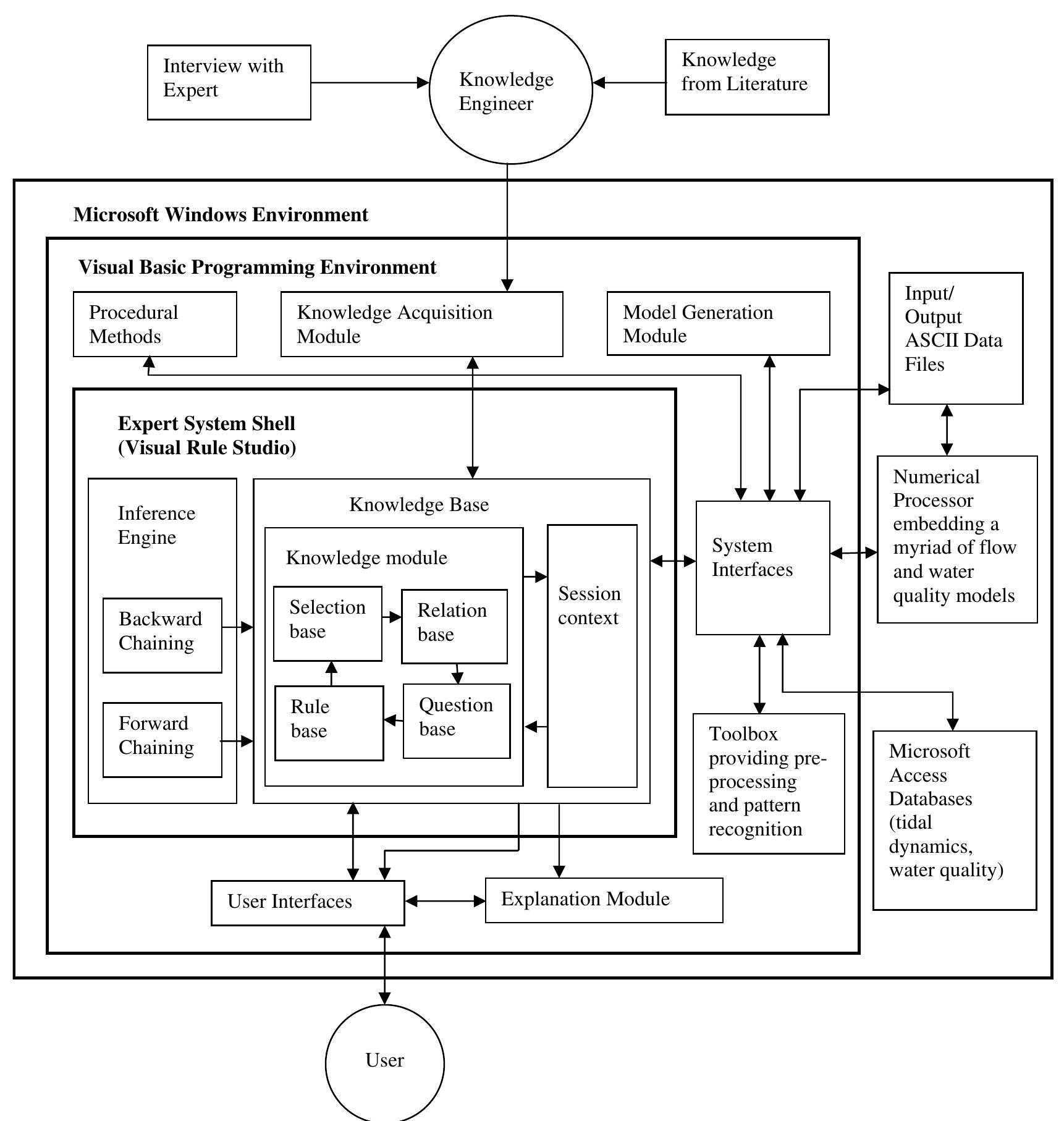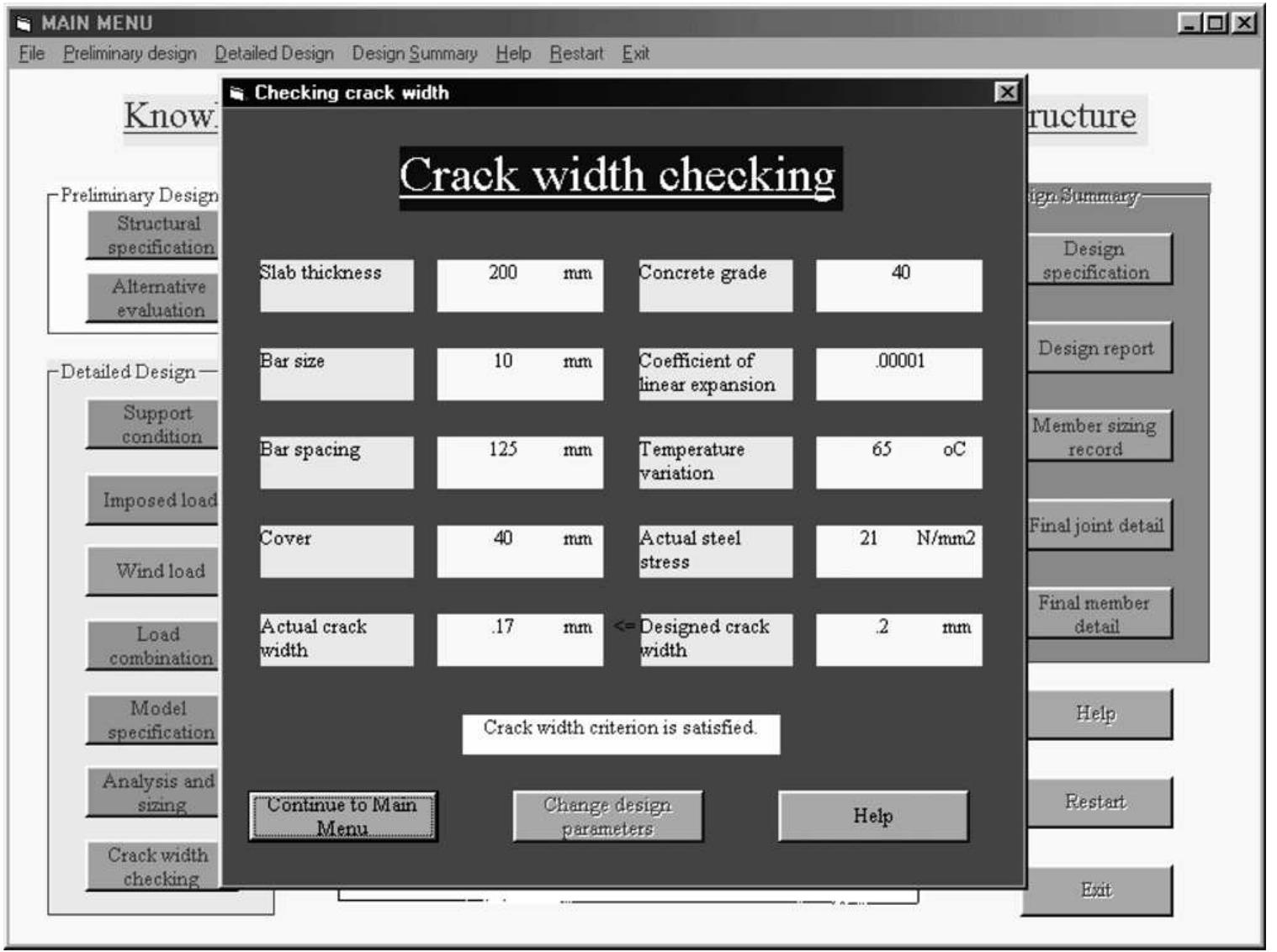Key research themes
1. How can knowledge elicitation bottlenecks be addressed to enhance rapid prototyping and explainability in knowledge-based fault diagnosis systems?
This research focus addresses the challenge of efficiently capturing domain expert knowledge for critical infrastructure fault diagnosis using knowledge-based systems. It emphasizes overcoming the knowledge elicitation bottleneck—the time-consuming process of formalizing expert knowledge—and providing explainable decision-making in safety-critical environments.
2. Which knowledge representation schemes offer optimal expressiveness and performance for designing effective knowledge-based systems?
This area investigates methodologies to evaluate and compare knowledge representation schemes (KRS), aiming to select schemes that balance expressiveness—capacity to faithfully model domain knowledge—and runtime performance to build efficient knowledge-based systems.
3. How can artificial intelligence techniques be integrated into water resource management to enhance decision support and knowledge transfer?
This research theme explores the application of knowledge-based systems, expert systems, and other AI methods to water resource planning, management, and hydrological modeling. It focuses on bridging the gap between complex numerical models and practitioners, embedding expert knowledge for model selection, calibration, and interpretation, thereby improving usability, decision accuracy, and training.
















